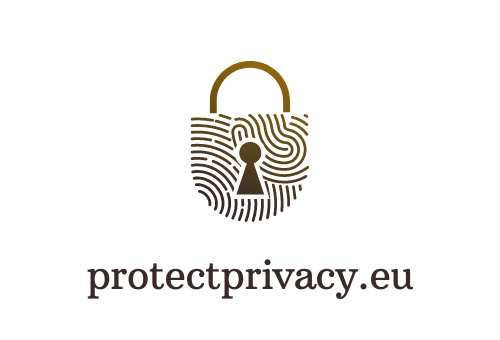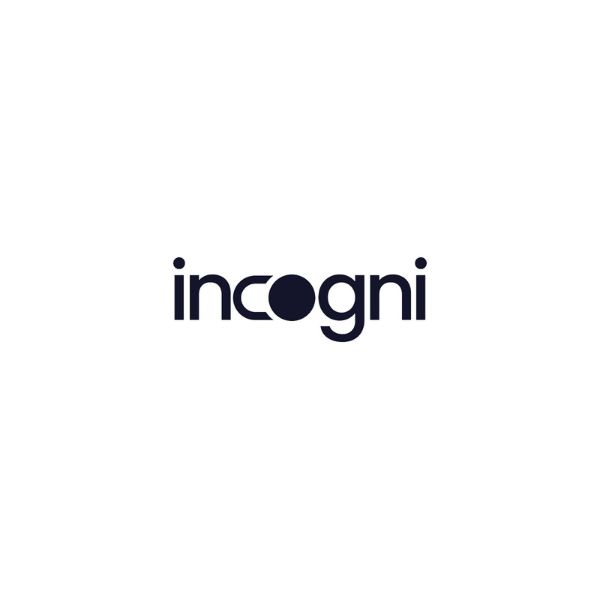Cybersecurity in Healthcare: Examining the Unique Challenges and Solutions for Protecting Patient Data

The healthcare industry has undergone a digital transformation, leveraging technologies like the Internet of Medical Things (IoMT), Smart Devices, Information Systems, and Cloud Services. While these advancements have made healthcare more accessible and efficient, they have also exposed the industry to unique cybersecurity challenges. This article explores the complex landscape of cybersecurity in healthcare, focusing on the unique challenges and solutions for protecting patient data.
Challenges
1. Data Integrity and Privacy
- Data Integrity: Ensuring the correctness and protection of healthcare data is vital. Incorrect data can lead to significant health threats for patients and legal issues for clinicians. The integrity of data in healthcare is often targeted by attackers, leading to problems like fraud, misconduct, inadequate treatment, and data theft.
- Privacy of Protected Health Information (PHI): PHI includes sensitive information related to a patient’s medical or financial information. Unauthorized access to PHI can lead to identity theft, fraud, and other serious consequences.
2. Increasing Data Breaches
- External and Internal Attacks: The healthcare industry has become a major victim of both external and internal cyberattacks. Hacking and unauthorized internal disclosures are common forms of breaches.
- Cost of Breaches: The average cost of a breach for a healthcare organization is approximately $8 million, and it can exceed $400 per patient record exposed. The cost of a healthcare data breach in the USA can reach up to $15 million.
3. Outdated Systems and Human Error
- Outdated Operating Systems: 85% of devices in medical organizations are running on outdated operating systems, creating vulnerabilities that attackers can exploit.
- Human and System Errors: Breaches can occur due to inadvertent mistakes by employees or system malfunctions.
Solutions
1. Implementing Blockchain Technology
Blockchain technology has been suggested as a prioritized method for managing data integrity, especially in regions like Saudi Arabia. It offers a secure and transparent way to record transactions, making it difficult for unauthorized alterations.
2. Compliance with Regulations
Adhering to regulations like the Health Insurance Portability and Accountability Act (HIPAA) helps in defining and enforcing standards for protecting PHI.
3. Investing in Cybersecurity Measures
- Regular Security Assessments: Conducting regular assessments to identify vulnerabilities and implementing necessary security controls.
- Employee Training: Educating staff about cybersecurity best practices to prevent human errors.
- Utilizing Advanced Security Technologies: Implementing technologies like firewalls, encryption, and multi-factor authentication.
4. Forecasting and Analysis
Employing methods like the simple moving average method for forecasting healthcare data breaches and their cost can provide more reliable results, aiding in proactive measures.
Conclusion
The cybersecurity landscape in healthcare is complex and fraught with unique challenges. The sensitivity of healthcare data makes it a lucrative target for cybercriminals, and the consequences of breaches can be devastating. However, by understanding these challenges and implementing robust solutions like blockchain technology, compliance with regulations, investment in cybersecurity measures, and employing forecasting and analysis, the healthcare industry can take significant strides in protecting patient data.








